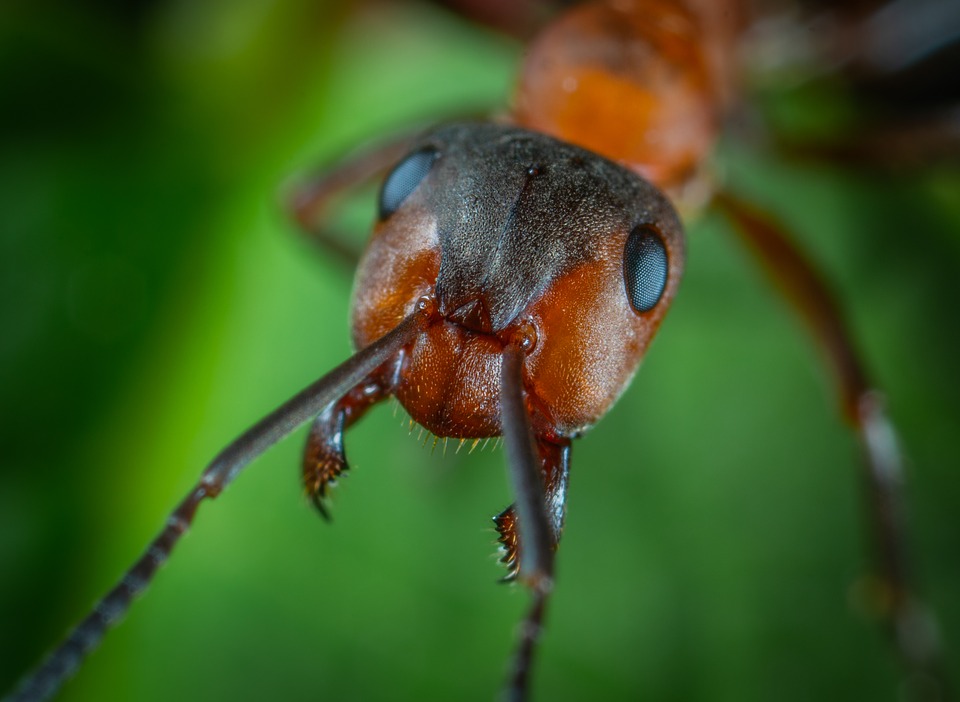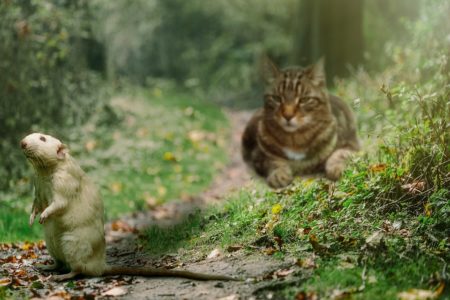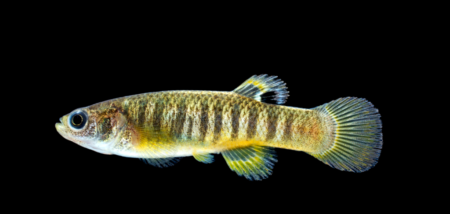Real-life zombie animals: Meet the walking dead of the animal kingdom
by Scott Dutfield · 24/10/2018

The human version may be fictional but in the animal kingdom, zombies have no mercy…
They’re not quite the classic brain-eating, gormless slow-shufflers of horror movies, but for some species, the zombie threat is very real. The culprit? Parasites: small organisms with complex life cycles that set up camp inside their animal hosts. These gruesome body-snatchers are able to control the animals’ minds, using them as living-dead puppets and steering them to positions of optimal benefit.
One classic case is the zombie ant. The parasite is a mind-controlling fungus (Ophiocordyceps camponoti-rufi pedis) that manipulates carpenter worker ants into straying far enough from the colony that their social immunity is impaired. The fungus makes the ant bite down underneath a leaf, where it is anchored until it dies, then the ant’s corpse is used by the fungus to grow. The fungus also releases spores that rain down and infect more ants, and so the nightmare continues.
One insect group responsible for zombifying its victims and turning them into mindless drones are wasps. The jewel wasp (Ampulex compressa) injects venom directly into the brains of cockroaches, targeting two specific locations that render the roach’s free will useless. The wasp leads the cockroach to a burrow and lays an egg on the roach’s abdomen. The zombie roach only dies once the egg hatches and the larva devours it piece by piece.
Another wasp species, the green-eyed wasp (Dinocampus coccinellae), makes light work of harnessing the power of the ladybird. The wasp lays her eggs inside the bug, and new evidence suggests that a virus also attacks the ladybird’s brain, paralysing and enslaving it as a zombie babysitter. The larva emerges and weaves a cocoon between the ladybird’s legs so the paralysed bug acts as a bodyguard until the larva is ready to leave. Amazingly, a quarter of ladybirds recover from their zombification!
Rodents of the undead
Animals are biologically hardwired to fear and flee from their predators. However, one parasite is capable of reversing a rodent’s natural fear of felines, and even encourages them to actively seek cats out – leading to their demise by the teeth and claws of a kitty. Related to the parasite that causes malaria, Toxoplasma gondii is a single-celled pathogen that infects many types of mammal and bird, causing a disease known as toxoplasmosis. Like every life cycle, Toxoplasma has to reproduce, and the only place that this specific microbe can do that is in the gut of a cat. When it infects rodents, Toxoplasma reverses the fear of cats in a rodent’s brain, and encourages it to seek out felines by making the rat attracted to the scent of cat urine. Inevitably, this results in the infected rat getting eaten, allowing Toxoplasma to continue its life cycle within the feline hunter.

Death-wish fish
Killifish in California have been discovered to play host to a mind-sucking parasite that alters behaviour in order to further its own species. These zombie fi sh are infected with a fluke, a small, parasitic worm that reproduces in the guts of sea birds. The flukes are able to limit the production of serotonin in the fi sh’s brain, which makes the fi sh very restless. Ordinarily shy of the surface and its dangers, infected fi sh actively swim near and even flick the water surface, greatly enhancing the changes of getting plucked out and eaten by a bird.

This article was originally published in How It Works issue 78, written by Ella Carter
For more science and technology articles, pick up the latest copy of How It Works from all good retailers or from our website now. If you have a tablet or smartphone, you can also download the digital version onto your iOS or Android device. To make sure you never miss an issue of How It Works magazine, subscribe today!





